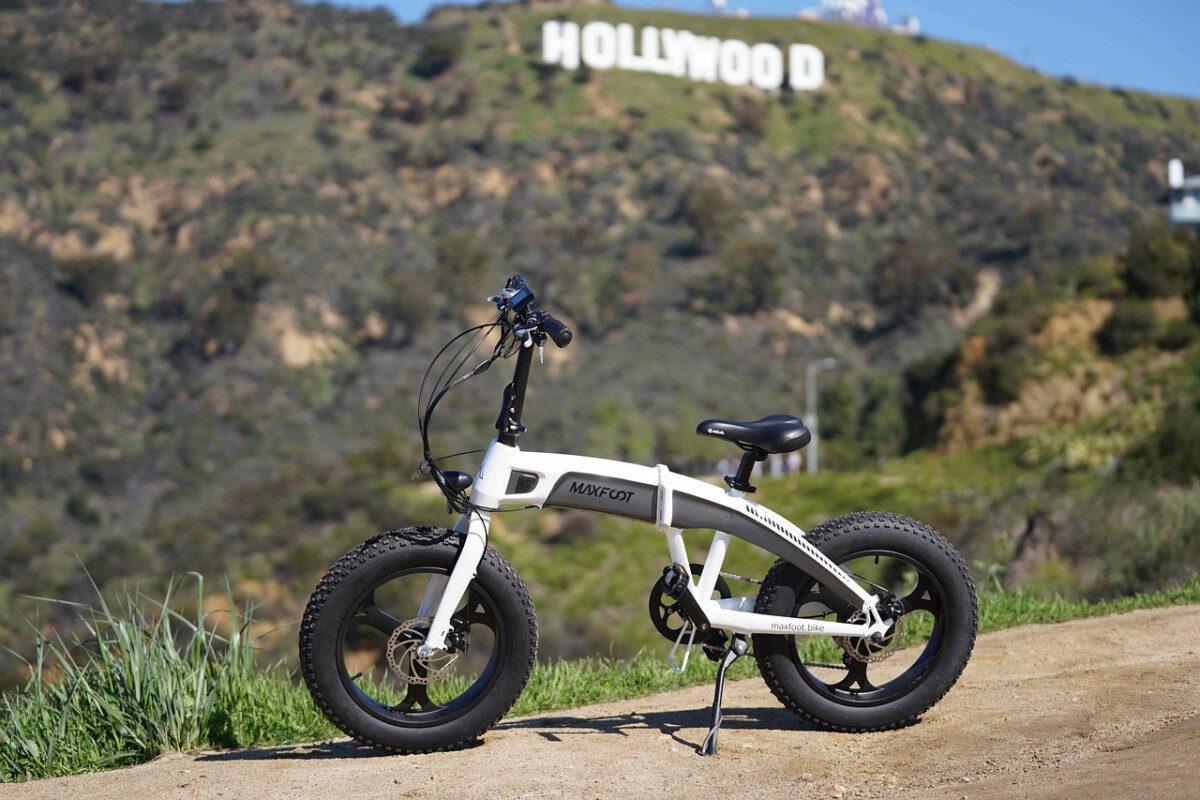Introduction to Electric Bikes

Electric bikes, often referred to as e-bikes, are reshaping the landscape of urban transportation in American cities. These innovative machines blend the convenience of traditional bicycles with the power of electric motors, providing a sustainable and efficient alternative to conventional modes of transport. As urban areas grapple with issues like traffic congestion, pollution, and the urgent need for greener transit options, e-bikes are becoming an increasingly popular choice among commuters and casual riders. They are not only a solution to urban mobility challenges but also a step towards a more sustainable future.
The Rise of E-Bikes in Urban Areas

In recent years, the popularity of e-bikes has skyrocketed, with sales numbers reflecting this trend. According to the Bicycle Product Suppliers Association, e-bike sales in the United States reached approximately 880,000 units in 2020, marking a staggering 145% increase from the previous year. This surge is not just a passing fad but is anticipated to continue growing, with market projections estimating that the e-bike industry will exceed $24 billion by 2027. The growing acceptance of e-bikes is driven by their versatility, convenience, and alignment with contemporary environmental consciousness.
– **Key Statistics:**
– 880,000 e-bikes sold in the U.S. in 2020.
– 145% increase in sales from 2019 to 2020.
– Projected market growth to $24 billion by 2027.
Environmental Benefits of E-Bikes

One of the most compelling reasons for the adoption of e-bikes is their environmental benefits. Unlike cars, e-bikes produce zero emissions during operation, offering a cleaner alternative for short-distance travel. By encouraging the use of e-bikes over gas-powered vehicles, cities can significantly reduce their carbon footprint. It is estimated that e-bikes can reduce greenhouse gas emissions by up to 50% when compared to traditional vehicles. Furthermore, a single e-bike has the potential to replace up to 1,000 car trips per year, contributing to less congestion and cleaner air in urban environments.
– **Environmental Impact:**
– E-bikes can reduce greenhouse gas emissions by up to 50% compared to cars.
– A single e-bike can replace 1,000 car trips per year, leading to less congestion and pollution.
Cost-Effectiveness of E-Bikes

From a financial perspective, e-bikes represent a cost-effective mode of urban transportation. While the initial purchase price might be higher than that of traditional bicycles, the long-term savings on fuel, parking, and maintenance make e-bikes an economically sound choice. Many cities are now offering incentives and subsidies to encourage the adoption of e-bikes, further reducing the financial barrier for potential users. On average, individuals can save around $2,000 annually by opting for an e-bike instead of a car, making it a financially savvy decision for daily commutes.
– **Cost Benefits:**
– Average annual savings of $2,000 when using an e-bike instead of a car.
– Many cities offer subsidies or tax credits for e-bike purchases.
E-Bikes and Urban Infrastructure

As the popularity of e-bikes increases, cities across the nation are adapting their infrastructure to accommodate this new mode of transportation. This adaptation includes the construction of dedicated bike lanes, installation of charging stations, and the development of parking facilities specifically designed for e-bikes. Urban planners are increasingly recognizing the need to integrate e-bikes into the existing transportation network to ensure safety and accessibility for all users. Cities like San Francisco and New York have already expanded their bike lanes and installed e-bike charging stations in public areas to support this transition.
– **Infrastructure Developments:**
– Expansion of bike lanes in major cities like San Francisco and New York.
– Installation of e-bike charging stations in public areas.
Health Benefits of Riding E-Bikes

E-bikes offer not only environmental and economic benefits but also significant health advantages. Riding an e-bike encourages physical activity, as the electric motor assists with pedaling, making it accessible for individuals of all fitness levels. Studies have shown that e-bike riders tend to cycle more frequently and for longer distances compared to traditional cyclists. This increased physical activity can lead to improved cardiovascular health, reduced obesity rates, and an overall enhancement in quality of life. E-bike riders can burn up to 400 calories per hour, making it a healthy choice for daily commuting.
– **Health Statistics:**
– E-bike riders can burn up to 400 calories per hour.
– Increased physical activity can lead to improved cardiovascular health and reduced obesity rates.
E-Bikes and Accessibility

Electric bikes are also breaking down barriers to cycling by making it accessible to a broader range of people. Individuals with mobility issues, older adults, and those who may not be physically fit enough for traditional biking can benefit from the assistance provided by electric motors. This inclusivity is vital for fostering a diverse cycling community and promoting sustainable transportation options. E-bikes come in various styles, including step-through frames for easier mounting and dismounting, and many models offer adjustable seat heights and handlebars to accommodate different riders.
– **Accessibility Features:**
– E-bikes come in various styles, including step-through frames for easier mounting and dismounting.
– Many models offer adjustable seat heights and handlebars to accommodate different riders.
Challenges and Considerations

Despite their numerous benefits, the rise of e-bikes is not without challenges. Safety concerns, theft, and the need for proper regulations are important considerations for cities looking to promote e-bike usage. Ensuring that riders are educated about safe riding practices and that infrastructure is designed with safety in mind is crucial for the successful integration of e-bikes into urban transportation. Additionally, addressing the issues of theft and vandalism of e-bikes in urban areas is essential to protect this growing mode of transportation.
– **Challenges:**
– Need for increased safety measures and education for e-bike riders.
– Addressing theft and vandalism of e-bikes in urban areas.
The Future of Urban Transportation

As American cities continue to evolve, electric bikes are poised to play a significant role in shaping the future of urban transportation. With their numerous benefits, including environmental sustainability, cost-effectiveness, and health advantages, e-bikes offer a viable solution to many of the challenges faced by urban commuters. By investing in infrastructure, promoting accessibility, and addressing safety concerns, cities can harness the full potential of e-bikes to create a more sustainable and efficient transportation system for all. The electric bike revolution is not just a trend; it is a movement towards a greener, healthier, and more connected urban environment. The potential for transforming urban transportation is limitless.








